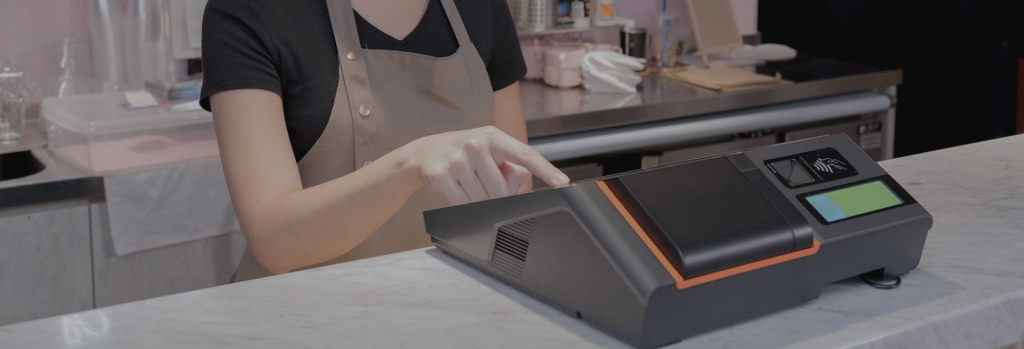
Integrating E-commerce and Brick-and-Mortar: The Power of Unified POS Systems
The rise of e-commerce has changed the way we shop. But brick-and-mortar stores are still going strong, and for good reason. Customers still value the convenience of being able to see and touch products in person, and they appreciate the personal touch of interacting with a sales associate.
That’s why it’s more important than ever for retailers to integrate their e-commerce and brick-and-mortar operations. By doing so, they can create a seamless shopping experience for customers no matter where they choose to shop.
One of the best ways to integrate e-commerce and brick-and-mortar is to use a unified POS system. A unified POS system is a software that can be used to manage both online and in-store transactions. This allows retailers to keep track of inventory across all channels, and it makes it easy to process orders and track customer data.
The Evolution of Retail: Bridging the Gap
Traditional retail and e-commerce were once seen as distinct realms, but the modern consumer’s behavior demands a more cohesive shopping experience. Unified POS systems address this challenge by seamlessly merging digital and physical channels. By integrating e-commerce and brick-and-mortar operations, businesses can track inventory in real-time, manage customer data holistically, and offer consistent pricing and promotions. This convergence not only enhances the customer journey but also streamlines operations for the business.
The Benefits of Unified POS Systems
Real-time Inventory Management: One of the most significant advantages of a Unified POS system is its ability to provide real-time insights into inventory levels. Whether an item is purchased online or in-store, the inventory is updated instantly, minimizing the risk of overselling or stockouts. This accuracy ensures that customers can access the products they want, when they want them.
Personalized Customer Experience: Unified POS systems enable businesses to gather and analyze customer data across channels. This data can be harnessed to create personalized shopping experiences, where customers receive targeted offers, recommendations, and loyalty rewards based on their preferences and purchase history.
Consistent Pricing and Promotions: Maintaining consistent pricing and promotions across both online and offline channels can be challenging. Unified POS systems eliminate this inconsistency by synchronizing pricing and promotional campaigns, ensuring that customers receive the same deals, whether they shop online or in-store.
Efficient Order Fulfillment: With a Unified POS system, businesses can offer flexible fulfillment options such as “buy online, pick up in-store” (BOPIS) or “ship from store.” This capability not only meets customer demand for convenience but also optimizes inventory utilization across various locations.
Analytics and Reporting: The power of data analytics comes to the forefront with Unified POS systems. Businesses can analyze sales trends, customer behavior, and inventory turnover across channels, enabling them to make informed decisions for business growth and strategy refinement.
Here are some of the benefits of using a unified POS system to integrate e-commerce and brick-and-mortar:
- Improved customer experience: A unified POS system can create a seamless shopping experience for customers no matter where they choose to shop. Customers can easily browse and purchase products online, and they can also pick up their orders in-store or have them shipped to their home.
- Increased sales: A unified POS system can help retailers increase sales by making it easier for customers to find and purchase products. It can also help retailers to cross-sell and upsell products to customers.
- Improved inventory management: A unified POS system can help retailers to improve inventory management by keeping track of inventory across all channels. This can help retailers to avoid stockouts and overstocks, and it can also help them to optimize their pricing.
- Better customer data: A unified POS system can help retailers to collect better customer data. This data can be used to improve marketing campaigns, target customers with personalized offers, and make better business decisions.
If you’re looking to integrate your e-commerce and brick-and-mortar operations, a unified POS system is a great place to start. By using a unified POS system, you can create a seamless shopping experience for customers, increase sales, improve inventory management, and collect better customer data.
Here are some additional tips for integrating e-commerce and brick-and-mortar:
- Use the same branding and messaging across all channels. This will help to create a consistent brand experience for customers no matter where they choose to shop.
- Offer the same products and prices across all channels. This will help to avoid customer confusion and frustration.
- Make it easy for customers to switch between channels. For example, you could allow customers to start an order online and then pick it up in-store, or vice versa.
- Use technology to your advantage. There are a number of technologies that can help you to integrate your e-commerce and brick-and-mortar operations, such as unified POS systems, mobile payments, and social media.
Conclusion
In the age of omnichannel retail, businesses that harness the power of Unified POS systems stand to gain a competitive edge. By seamlessly integrating e-commerce and brick-and-mortar operations, these systems create a unified shopping experience that enhances customer satisfaction, streamlines operations, and drives growth. As retailers adapt to the changing landscape, embracing a Unified POS system could very well be the key to success in this dynamic market.
